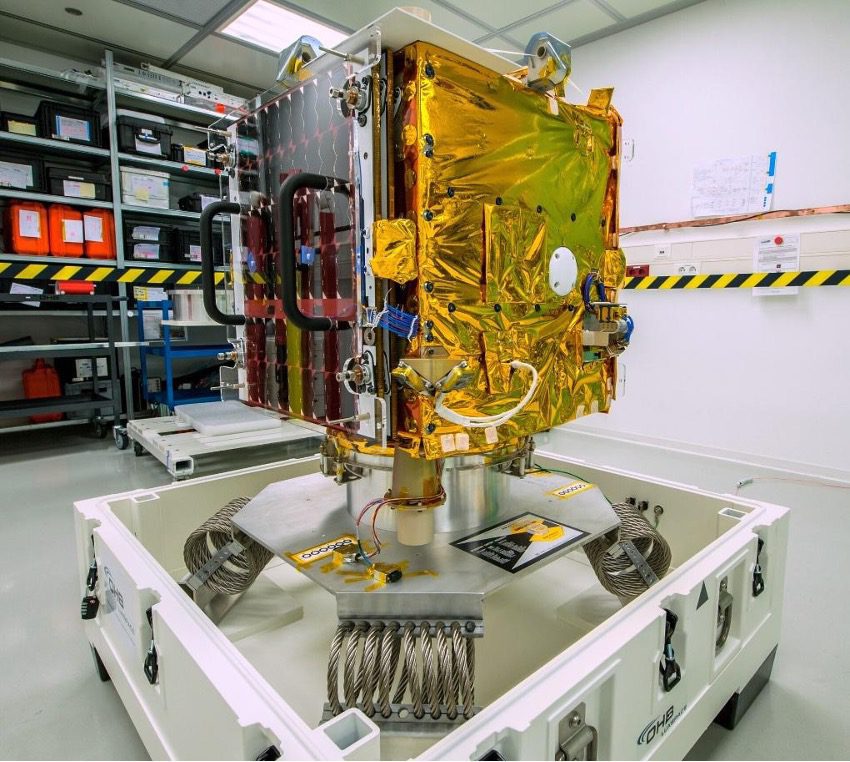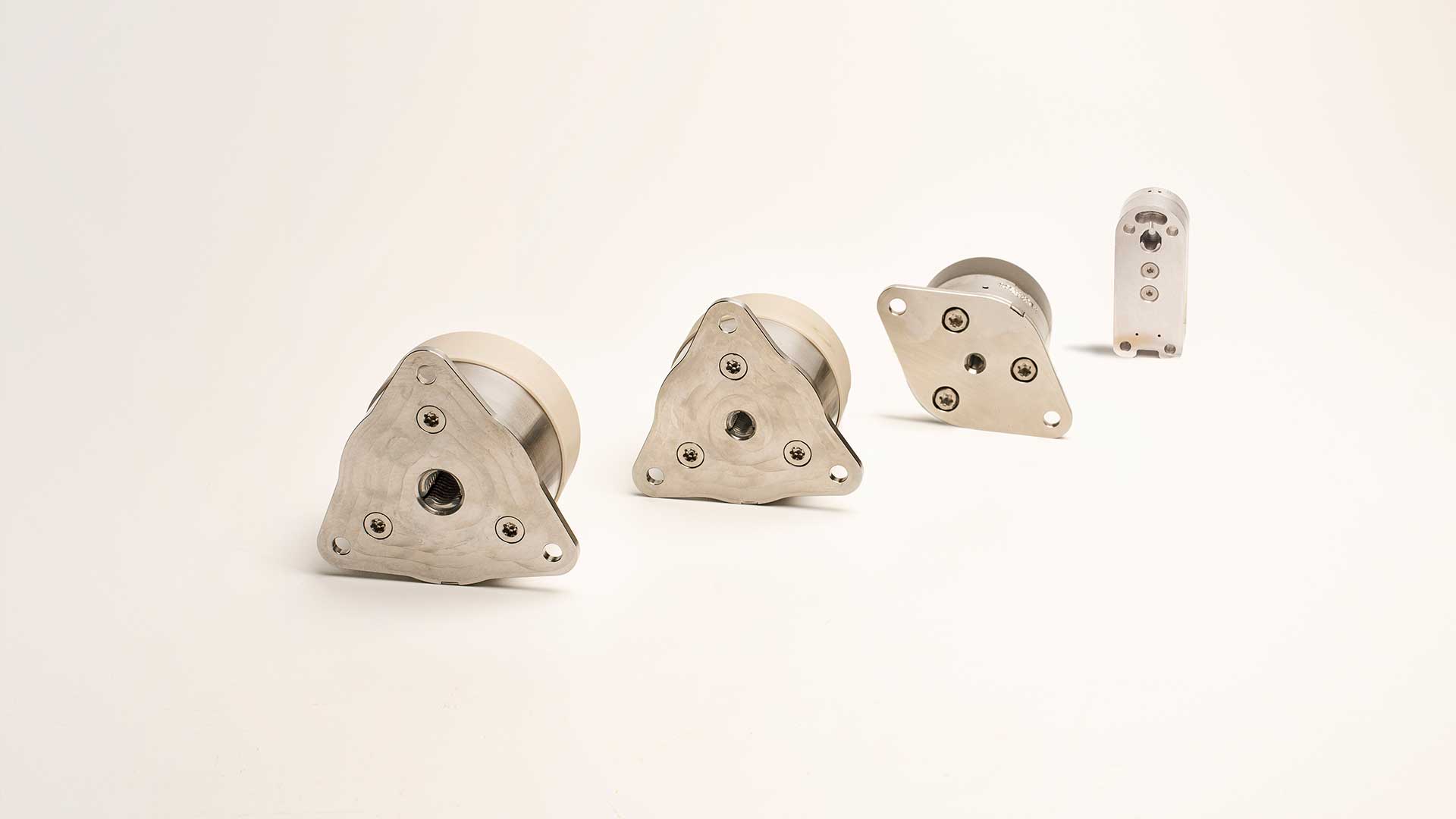- Sectors
- Aerospace & Defense
- Big science
- Biotechnology
- Fintech
- Insights

ESAIL is an ESA Partnership Project with the Canadian operator exactEarth, built by LuxSpace (an OHB company), together with the Luxembourg Space Agency (LSA) to improve the next generation of satellite-based services for the maritime sector.
ESAIL is the first commercial microsatellite (110kg mass) developed under ESA’s SAT-AIS program for ship tracking. Once launched, the satellite will track the traffic of the vessels by detecting their Automatic Identification System (AIS) messages over the entire globe as it orbits the planet. The use of satellite based AIS data will enable many applications, such as fisheries monitoring, fleet management, environmental protection and security monitoring for maritime and government authorities and industry.
The ESAIL platform has two solar arrays with two panels in each wing, made with Aluminium Honeycomb, commonly known as Sandwich. They are light, but guarantee stiffness and strength, as well as better deployment capability. The panels are stowed during launch and once in the orbit, they will be fully deployed by means of the release and deployment mechanisms.
ESAIL was successfully launched onboard a Vega launcher from the European spaceport in French Guiana last September 2020.
On the other hand, LuxSpace is also developing a multi‐purpose, modular platform called Triton‐X, which will build on the manufacturing and testing heritage gained through ESAIL, using New Space‐style off-the-shelf components to deliver a fully-fledged satellite.
Image: ESAIL Satellite. Source: ESA, www.esa.int
The ESAIL team prioritized the use of European technology for the Hold-Down and Release Mechanisms mounted in the solar panels. Moreover, the use of field resettable HDRMs was highly preferred for operational purposes, to save cost and time during the validation tests at system level.
Finally, since the ESAIL platform will be used as the baseline for the future modular platform Triton-X, the HDRM needed to be a standard product, cost affordable and with a short lead time.
ARQUIMEA implemented a solution consisting of four devices per solar array, so a total of eight Flight Models plus one spare unit were provided to LuxSpace.
The HDRM solution is based on ARQUIMEA’s own proprietary Hold-Down and Release Actuator called REACT. More specifically, the device REACT v2 5KN standard operation temperature range was proposed.
A total of six Structural Models and two Engineering Models were manufactured and delivered to validate the solution prior to the Flight Models delivery. The mechanical and thermal vacuum tests for the acceptance of the EMs was performed at spacecraft level.
The HDRMs were validated and tested considering the design and operation requirements of the spacecraft and the specific characteristics of the solar array panels. The eight Flight Models were delivered to LuxSpace in September 2018.
ARQUIMEA’s REACT devices are low-shock Hold-Down & Release Mechanisms (HDRM) which function is to firmly fix a payload during transportation or launch and later release it by electrical activation. REACT implements a redundant trigger with two different motorization options based on Shape Memory Alloys, covering wide actuation temperature ranges and providing manual reset capability to the end user.
Typical applications of REACT include solar arrays, antennas, booms and masts, reflectors, cover doors, scientific instruments, shutter mechanisms, large structures, launch locks for gimbals, thrusters, stage separation, caging mechanisms, etc.

The satellite completed the environmental tests in the Centre Spatial de Liège, in Belgium, where it was exposed to mechanical vibration testing, simulating the violence of the rocket launch, as well as to the extreme temperatures and vacuum simulating the near-Earth orbital environment. The solar arrays were successfully deployed, confirming the mechanisms release performance after the rough mechanical and thermal vacuum tests.
ARQUIMEA’s REACT proved to be the optimal solution for such a critical operation like the release and deployment of the satellite solar arrays.
The ESAIL launch had to be postponed several times due to technical reasons, bad weather and because of the COVID-19. Finally, the satellite was launched in September 2020 and the solar panels were successfully released by the REACTs. Today, the satellite is fully operating as planned.